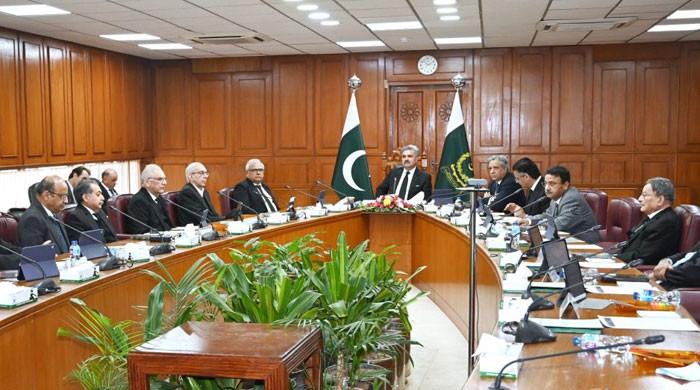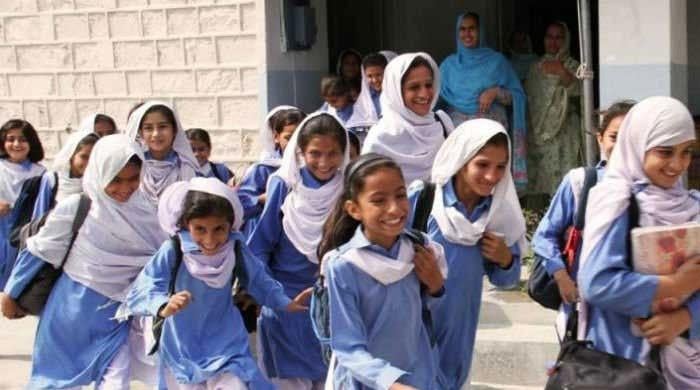Karachi is warming up faster than the global average, warn experts
Since 1960, Karachi’s temperature has increased by 2.4ºC at night and 1.6ºC during the day
May 09, 2022

- Since 1960, Karachi’s temperature has increased by 2.4ºC at night and 1.6ºC during day.
- Pakistan's southern province of Sindh is of South Asia’s “hotspots” for global warming, says report.
- This year, Pakistan experienced its hottest and driest month of March and April since 1961.
Since 1960, Karachi’s temperature has increased by 2.4ºC at night and 1.6ºC during the day, which is much higher than the global average increase in temperature, reveals a new alarming report.
The report titled, “Designed to Fail? Heat Governance in Urban South Asia: The Case of Karachi”, studies the city’s changing weather pattern using data from the last 60 years.
While Pakistan is the eighth most vulnerable country in the world to climate change, the report states that its southern province of Sindh is in fact one of South Asia’s “hotspots” for global warming.
“In regions such as South Asia, temperatures have already reached levels that are higher than what is considered biologically livable,” the researchers note.
This year, Pakistan experienced its hottest and driest month of March and April since 1961, as per the Pakistan Meteorological Department (PMD).
Many cities in the country broke historical records of heat, with the temperature in Sindh’s Jacobabad reaching 49ºC in only April.
Officials have warned of more heatwaves in May in the country, advising people to stay indoors.
Karachi, Pakistan’s most populous city, is located within the zone of “ultraviolent” radiation, the report adds.
The city of 16 million experienced a heatwave in 2015, which left 1,181 people dead, and was considered the fifth deadliest heatwave recorded in global history across South Asia.
“Heat must be understood as a slow onset disaster,” the researchers explain, adding that as per some studies Pakistan’s average temperatures will increase 2.5–2.8°C by the 2050s, and 3.9–4.4°C by the 2080s.
Yet, no serious effort is being made to record the impact of heat in the country, the report notes.
Karachi, it adds, has only three state-operated weather stations, out of which two are at military bases, with restricted data sharing.
Then, the rapid decline in green spaces in the city is also contributing to the rise in temperatures.
“Studies suggest that between 1992 and 1999, there was a 23% decline of green space in Karachi, with a further 18% decline between 1999 and 2009,” the report notes, adding that the clearance of mangroves, coupled with land reclamation for urban development, has made the metropolis vulnerable to flooding and global warming.
“Mangrove forests have an indirect relationship with heat,” the study states, “as mangroves act as storehouses for greenhouse gases.”
The report further adds that official planners insist on a “Dubai aesthetic” for the city, which is not suitable for the climate zone Karachi is in. Most of the tree cover is replaced by date palms, which are water-guzzling, and fast-growing exotic species, such as the Conocarpus that exacerbates asthma and causes respiratory problems.











